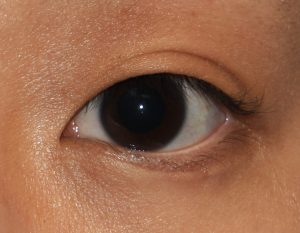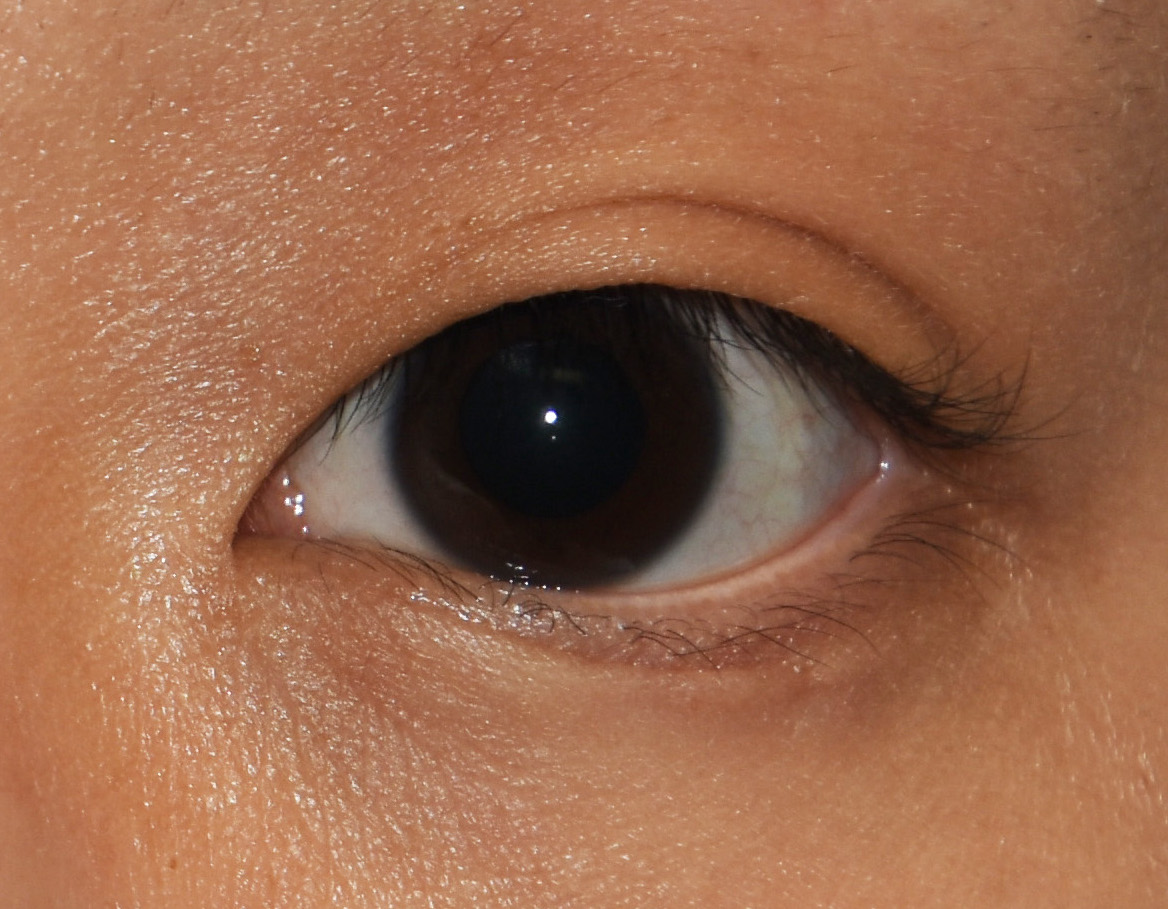
While the cause of the single upper eyelid fold has a fairly well understood anatomic basis that of the epicanthal fold is less clear. It has been presumed that it is the result of a skin crease created by either a hypertrophied orbicularis muscle or na altered orientation of its fibers. In the following paper the author challenges that anatomic presumption in certain types of epicanthal webs.
In the February 2023 issue of the journal Plastic and Reconstructive Surgery an article on this topic was published entitled ‘A Simplified Treatment for Mild to Moderate Epicanthal Folds’. In this paper the author provides a detailed anatomic and surgical technique description of treating epicentral folds by fat removal rather than traditional skin flap methods. With an over 200 case experience in medial canthoplasty the author heads to deeper tissue anatomy underneath the fold/web to change the overlay convexity of the web to a more concave shape resulting in a diminished appearance without scarring. The author makes clear that this technique is most effective in mild to moderate epicanthal webs and not more severe ones.
Given that the medial orbital fat removal can be conveniently accessed at the medial end of the upper blepharoplasty incision, it is worthwhile to consider this thoughtful and insightful technique for epicanthal folds. It is a sound principle that fat removal would result in a concave effect externally which would decrease the appearance of the web over the medial canthus.
Dr. Barry Eppley
World-Renowned Plastic Surgeon



